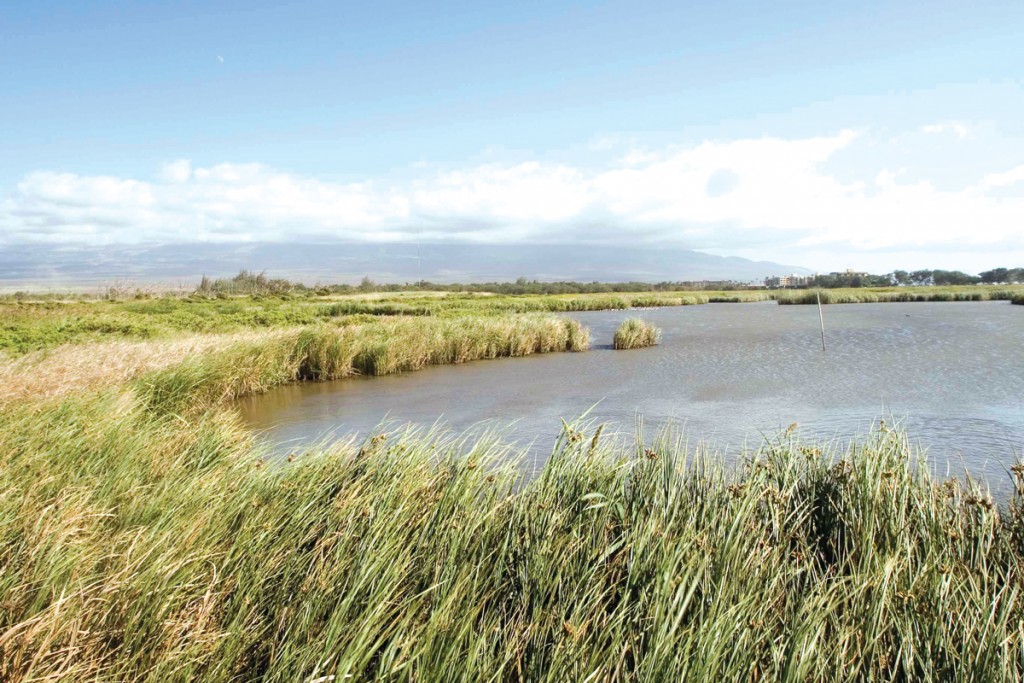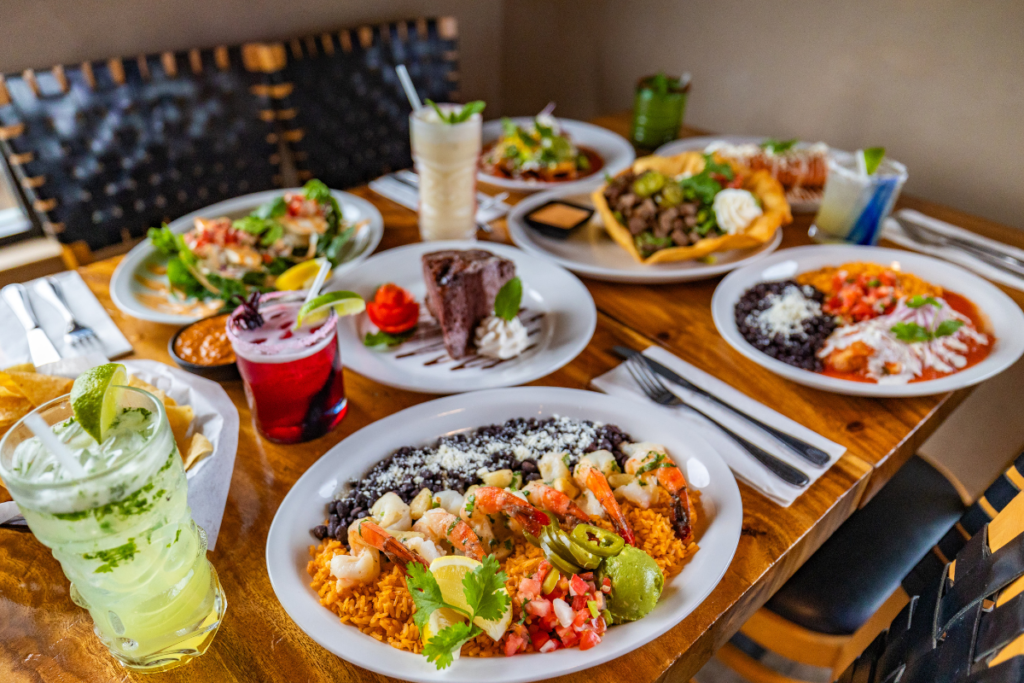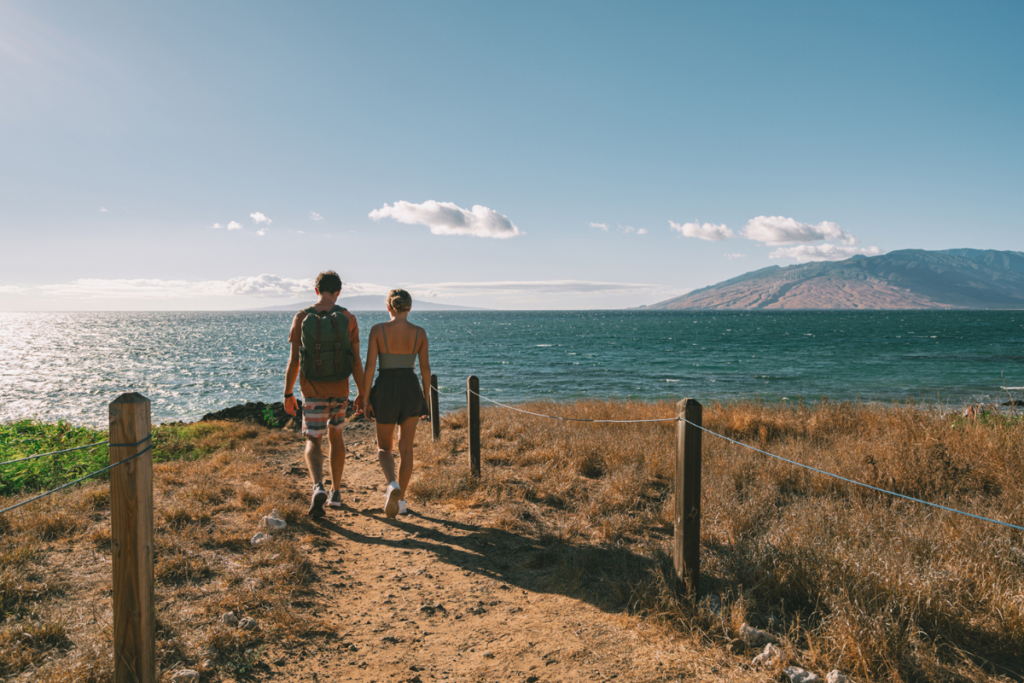Take a Walk Through Maui’s Kealia Pond National Wildlife Refuge
Can you combine a human-friendly boardwalk with a wildlife refuge? On Maui, the answer is yes.

Bernadette Perreira often comes from her home in Pukalani, Maui, to walk through Kealia Pond National Wildlife Refuge. The 704-acre wetlands, near Maalaea Harbor, is home to her favorite birds, aeo, or Hawaiian stilts.
Thanks to Maui County and the U.S. Fish and Wildlife Service, Perreira and other visitors can easily enter the wetlands on the Kealia Coastal Boardwalk.
From the boardwalk, visitors can spot not only the aeo, but also the black-crowned night herons called aukuu, migratory shorebirds called sanderlings (hunakai in Hawaiian), and between August and April, a bird with a colorful name, ulili (wandering tattler). It’s a birdwatcher’s paradise.
The Kealia Pond National Wildlife Refuge was established in 1992, primarily to preserve the habitat of the aeo and the Hawaiian coot, alae keokeo.
“Kealia’s boardwalk allows people to access a sensitive habitat safely and mindfully,” says Glynnis Nakai, former manager of the refuge.
The boardwalk snakes along the shoreline, with dozens of interpretive panels. The panels, painted by artist John Ivie, identify the birds and provide background on both Hawaiian culture and the wetlands themselves.
Ivie researched his art thoroughly. “We tried to use a lot of Hawaiiana and Hawaiian words,” he says. Many of Ivie’s sketches were reviewed multiple times by Maui elders. “They passed through a chain.”
“They’re very well done,” Perreira says. “If you don’t know your birds, they’re very informative.”

Photo by Ryan Sipher
Designing the boardwalk itself also required research. “A lot of thoughtful work went into it,” says its principal designer, Jean Tessmer. “We took the whole environmental aspect and made it overwhelmingly disability friendly.” The project even won a state award for its accessibility.
There are three kiosks along the boardwalk. The one at the far end has seating, a peaceful place to enjoy the breeze and the sound of the surf, while listening for the aeo’s distinctive “kik-kik-kik” call.
Steve Davis walks there almost every day, part of the trek from his home in South Kihei that’s helped him lose 30 pounds. “It’s a spiritual place,” he says, “especially during whale season.”
The boardwalk has beautiful ocean views, and a couple of openings in the railings allow access to the beach.
Hawksbill turtles nest there annually, and a bronze turtle sculpture by Maui artist Dale Zarella is mounted in the last kiosk. The statue, about 140 pounds and nearly life-sized, was stolen by determined thieves in February 2008.
“We put out a news release to all the Maui newspapers, with a picture of the sculpture,” says Nakai. The turtle was returned anonymously to the Maui Police seven weeks later.

of the largest natural ponds in the Islands.
Photo by Ryan Siphers
Kealia Pond is a seasonal wetland. Its water levels depend on rainfall in the West Maui Mountains. The central pond can sometimes swell to 450 acres, making it one of the largest natural ponds in the Islands. In dry weather, it can almost disappear, so pumps keep at least some water in the pond.
The boardwalk was conceived more than a decade ago. Despite delays in construction for environmental assessment, despite even the theft of the turtle sculpture, Nakai never lost faith in the project’s worthiness.
“You go through all these gauntlets because you know what the project is going to provide to the public,” she says.
Designer Tessmer thinks Kealia’s boardwalk is one of the best projects she’s ever worked on. “It’s a beautiful coupling of ecology with a human-friendly environment.”
Perreira puts it more simply. “I come down here for the peace,” she says. “It’s beautiful.”
Kealia Pond National Wildlife Refuge
North Kihei Road (State Highway 310) Between Kihei and Maalaea Harbor, (808) 875-1582, fws.gov/kealiapond.


